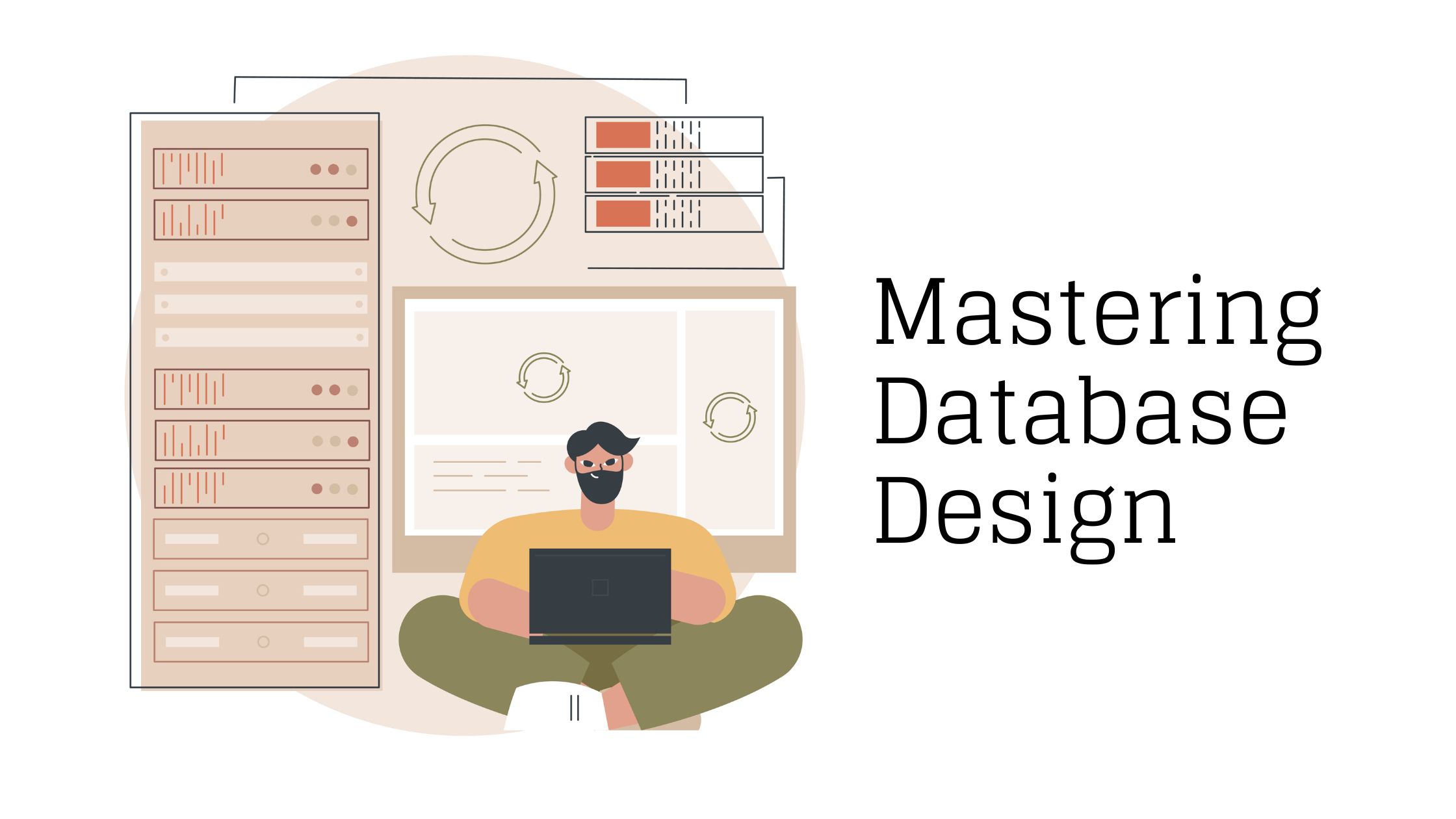
The foundation of any successful application is its database design, and effective database management is essential for companies to guarantee data integrity and smooth operations. However not every database design is made equal. We’ll examine the significance of database design and proper database design techniques in this blog article.
Important Database Design Techniques
1. Understanding Client Needs
Before beginning the process of optimizing the database, it is crucial to have a clear understanding of the clients’ specific needs and goals. This involves:
- Conducting thorough requirements analysis.
- Understanding the characteristics of the data.
- Identifying the critical operations and performance metrics.
By aligning our database strategies with the objectives of the clients, we can create customized solutions that deliver the best possible results.
2. Choosing The Right Database Technology
It is crucial to thoroughly evaluate and choose the database technology that best fits clients’ unique requirements. The following options should be evaluated:
- Relational Databases: Relational databases, such as MySQL, PostgreSQL, and Oracle, are ideal for managing structured data and conducting complex queries. They are particularly useful in scenarios where data needs to be organized in a tabular format with clear relationships between different data entities.
- NoSQL Databases: NoSQL solutions like MongoDB, Cassandra, and Redis are favoured when dealing with unstructured data and the need for scalability. These databases are well-suited for handling large volumes of data, distributed across different servers, and when the data structure may not always fit neatly into a table format.
The choice of database technology is dependent on the specific use case, the nature of the data we are dealing with, and the performance requirements that are unique to each project.
3. Database Design And Schema Optimization
Efficient database design is crucial for performance. Our developers focus on:
- Normalization: Ensuring data is logically stored to reduce redundancy and improve integrity. This includes organizing tables and columns to avoid duplicate data.
- Denormalization: In certain scenarios, especially for read-heavy applications, we denormalize data to reduce the number of joins and improve query performance by storing redundant data strategically.
- Indexing: Implementing indexes on frequently queried fields to speed up data retrieval. We use different types of indexes like B-tree, hash, and full-text indexes based on query patterns.
4. Query Optimization
Slow queries can significantly impact database performance. Our developers use several techniques to optimize queries:
- Analyzing Query Execution Plans: Using tools like EXPLAIN in SQL to understand and optimize query execution paths by identifying bottlenecks.
- Query Caching: Storing the results of frequently executed queries to reduce database load and improve response times.
- Optimizing Joins and Subqueries: Rewriting complex joins and subqueries to improve efficiency by reducing unnecessary computations.
5. Implementing Caching Strategies
Caching is a powerful technique to reduce database load and improve response times. Our developers use:
- In-Memory Caches: Tools like Redis and Memcached to store frequently accessed data in memory for faster retrieval.
- Application-Level Caching: Implementing caching mechanisms at the application level to avoid redundant database calls by storing data locally within the application.
6. Database Scaling
As client data grows, scaling becomes essential. We implement both vertical and horizontal scaling strategies:
- Vertical Scaling: Upgrading the server hardware to enhance performance by adding more resources like CPU and RAM.
- Horizontal Scaling: Distributing the database across multiple servers to handle increased load through techniques like sharding (partitioning the database) and database replication (duplicating data across servers).
7. Ensuring Data Security And Compliance
Data security is paramount. Our developers ensure:
- Encryption: Encrypting data at rest and in transit to protect sensitive information.
- Access Control: Implementing strict access controls to restrict unauthorized access by using role-based access control (RBAC) and authentication mechanisms.
- Compliance: Ensuring compliance with relevant regulations like GDPR and HIPAA.
8. Monitoring And Maintenance
Continuous monitoring and maintenance are essential for sustaining database performance. Our developers use:
- Monitoring Tools: Tools like Prometheus, Grafana, and New Relic to monitor database performance and identify issues.
- Regular Maintenance: Performing routine maintenance tasks like backups, updates, and performance tuning.
9. Automation
Automation plays a key role in optimizing database management. We leverage: –
- Automated Backups: Ensuring regular backups to prevent data loss by scheduling backup routines.
- Automated Monitoring: Using scripts and tools to automate performance monitoring and alerting for any errors.
- DevOps Practices: Integrating database management into CI/CD pipelines for seamless deployments and updates.
Conclusion
Optimizing client data systems requires a multifaceted approach, combining robust database technologies, efficient design practices, and continuous monitoring. Our backend developers are committed to delivering high-performance, secure, and scalable database solutions tailored to our clients’ needs. By staying at the cutting edge of database management, AlgoRythm Solutions ensures that our clients can rely on their data systems to drive business success.


